Cryptorchidism. This word, perhaps, you have never heard in your life. Agree, there is an immediate association with some very serious, life-threatening disease. But undescended testicle sounds somehow simpler. So this is the same thing.
Cryptorchidism is a physiological abnormality in which one or two testicles do not descend into the scrotum. Depending on the number of undescended testes, unilateral and bilateral cryptorchidism is isolated.
Fortunately, this developmental feature is quite rare and most often affects purebred pets. However, one should not neglect the consequences for the health and comfortable life of a quadruped that it can cause. Let's figure it out in order!
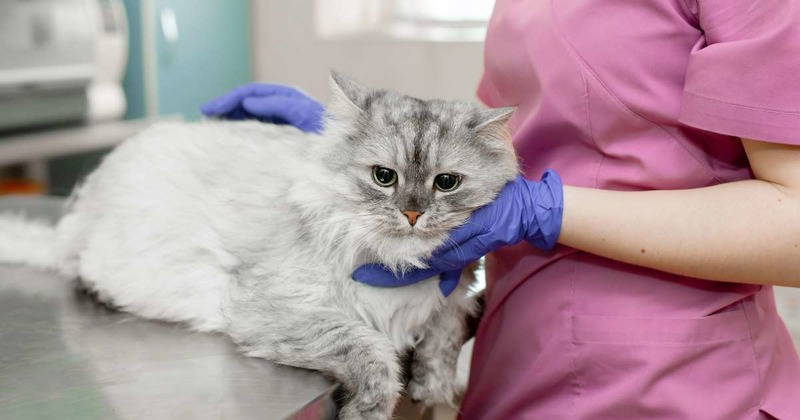
Cryptorchidism in cats: classification
As mentioned above, undescended testicles can be:
One-sided (one of the two testicles does not descend);
Bilateral (both are not omitted).
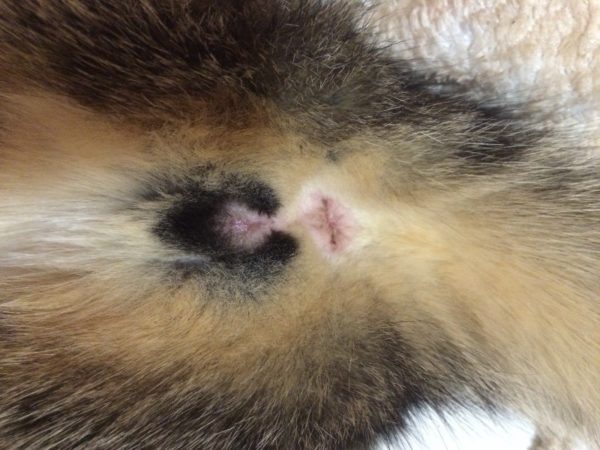
In addition, there are several more subtypes of cryptorchidism, depending on the location of the testicle:
Abdominal (located in the abdominal cavity of the animal. As a rule, the anomaly is detected on ultrasound, since there is no visual defect, and palpation is not always effective);
Inguinal (located directly in the inguinal canal. This type is quite easy to detect on your own, as it is noticeable with the naked eye and can be easily felt. Quite often, owners confuse it with a tumor);
Pseudocryptorchidism (also often called false. The testicle is able to move freely between the groin and abdominal cavity);
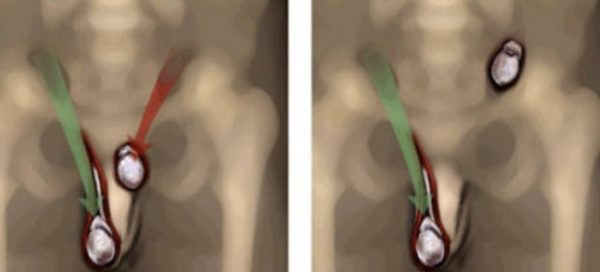
Secondary (can be called a subspecies of pseudocryptorchidism. The testicle changes its location between the peritoneum and the inguinal canal, but does not reach the scrotum in any way. This type is often associated with the underdevelopment of the seminal canal).
As you can see, there is only one anomaly, but its types are very diverse. We can say that the owner is very lucky if he can detect this defect by visual examination or feeling, because immediately there is an opportunity to consult a doctor and start treatment. The situation is worse when cryptorchidism is hidden and invisible. Then it is revealed after the appearance of "alarm bells". What are they?
Cryptorchidism in cats: symptoms
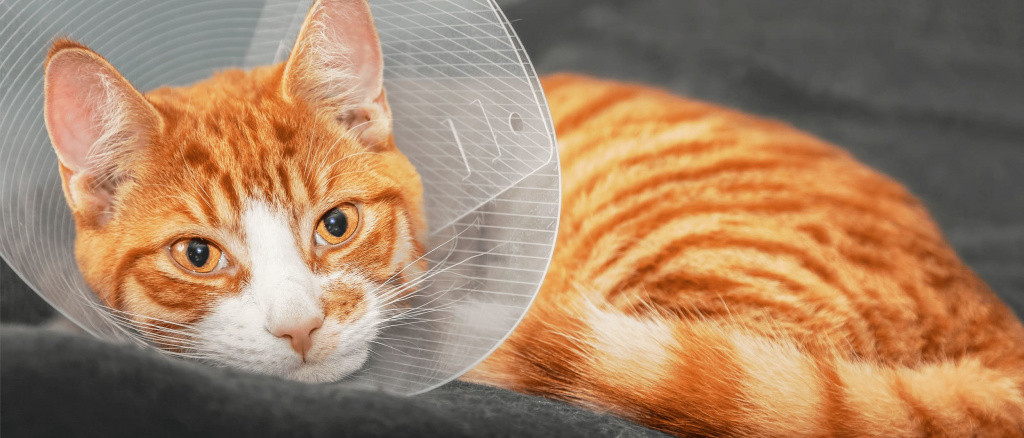
Normally, the testicles should descend into the scrotum at the age of six months of the kitten. If this does not happen, you should pay attention to the symptoms of cryptorchidism or contact your veterinarian. He will certainly immediately be able to tell if you are worried or not.
The first thing that can attract your attention is the male's increased interest in the female, regardless of whether she is in heat.
The second sign is the absence of pregnancy after regular attempts at conception.
The third feature is the unusual posture of the pet during urination. He can sit down slightly and, like a dog, raise his hind leg.
In especially advanced cases, there may be soreness in the groin.
If you find any of these signs, be sure to contact your veterinarian.
By the way! Regular preventive visits to the veterinary clinic will help to avoid the start of the disease and will allow you to detect everything still in the bud.
Causes of cryptorchidism in cats
After reading all the above information, a reasonable question may be: "Why is this anomaly actually arising?" We will try to answer it!
First of all, any anomalies of the inguinal canal and the scrotum itself are distinguished: for example, a too narrow canal, its small opening, a short spermatic cord, etc.
Hormones can also cause cryptorchidism in cats. This is due to insufficient testosterone production, which prevents the testicle from descending into the scrotum.
The third reason is called infectious diseases of the mother during pregnancy and complications in childbirth.
The size of the testicles also plays a role. If they are too large, they simply cannot pass through the opening in the inguinal canal.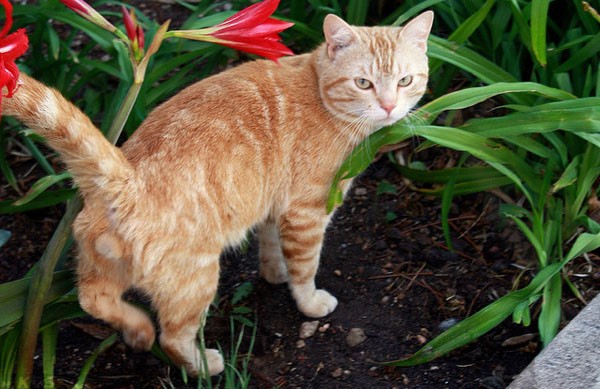
Consequences of cryptorchidism
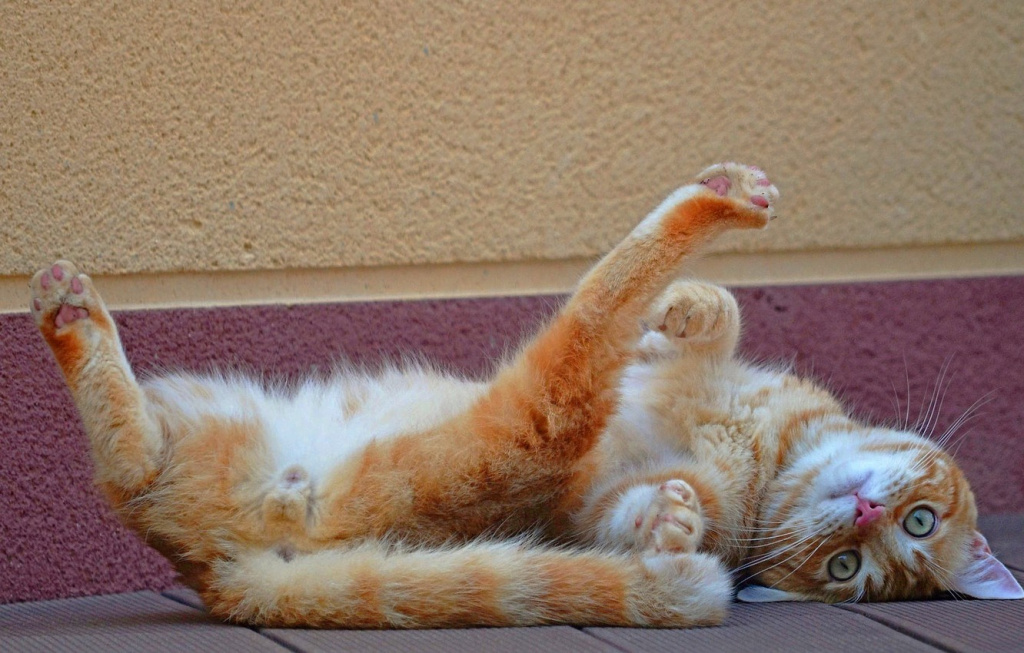
If undescended testicles are detected, the owner can immediately begin treatment. Due to the lack of adequate therapy and intervention, there can be a number of very serious consequences of cryptorchidism.
The cryptorch cat cannot participate in the breeding program, as it is very likely to pass on the anomaly to its offspring. Moreover, the onset of pregnancy is also questionable, since, as a rule, there is a tendency for the quality of semen to deteriorate. With bilateral cryptorchidism, they talk about the complete infertility of the pet.
Due to the severe hormonal imbalance, the cat will gradually begin to acquire more feminine features. They will manifest themselves in softness, agreeable character, graceful gait. Possible loss of hair, darkening of the skin in the genital area.
We must not forget that the development of concomitant diseases of the genitourinary system, the appearance of neoplasms is possible. Painful sensations make themselves felt in rare cases, but also do not bode well. There is certainly no need to talk about the high quality of life of a pet.
Treatment of cryptorchidism in cats
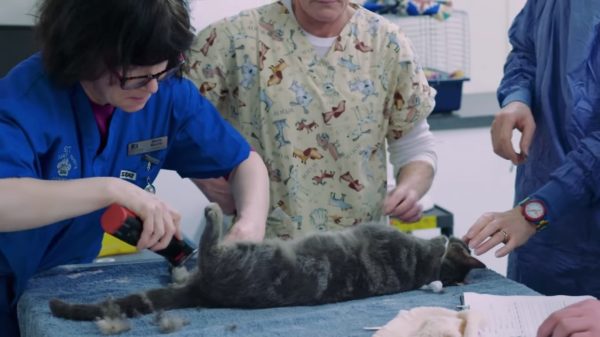
There are two main approaches to the treatment of cryptorchidism: hormonal and surgical. The first method is rarely used, since it is more expensive and does not give a 100% guarantee of healing. Usually, for the duration of treatment, everything returns to normal, but immediately after the withdrawal of medications, a relapse occurs. That is why, most often, doctors advise the complete castration of the caudate, because the pregnancy of females from such a cat and breeding is almost impossible.
A pleasant "bonus" of surgical castration will be that after the removal of all reproductive organs, the cat will become much calmer, will stop showing its "desires" for cats, will not scream, mark the territory in which it lives.
It should be noted that early diagnosis of cryptorchidism and castration of the animal at the age of 7-9 months is desirable. In this case, the above points are more likely to disappear completely.
We wrote in more detail about the castration of a cat, preparation for surgery, conducting, and rehabilitation in a large article on this topic. You can read it here.
In conclusion, I would like to note the importance of an attentive attitude to the health of your pet, since the quality, level and comfort of a quadruped's life depends on the responsibility and care of the owner!
 Select language
Select language 





.jpg)
.jpg)
.jpg)
.png)
